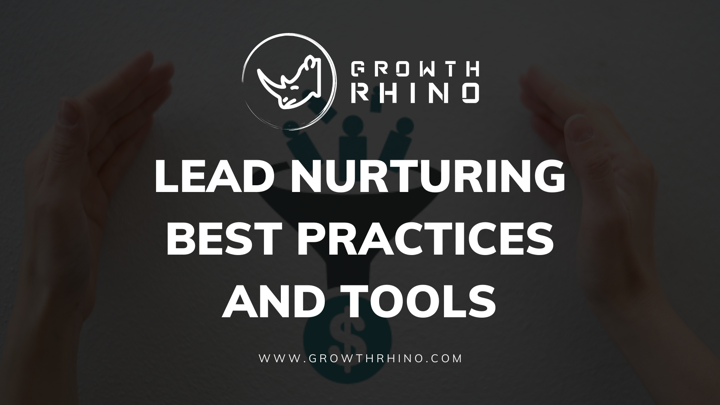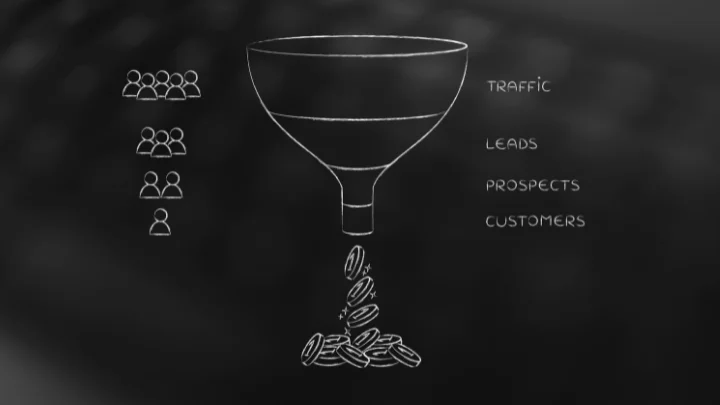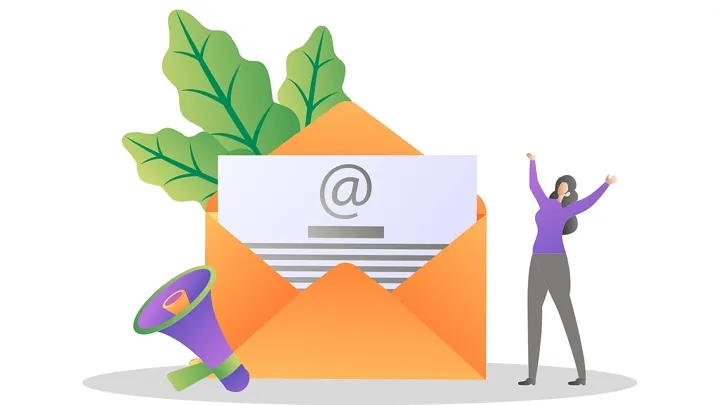
For B2B business, lead nurturing system is essential. Keep in mind that the first-time visitors of your website are not looking to buy anything, but are rather acquiring information, checking out what you can offer, and determining if it can resolve their issues.
In addition, these people are merely a singular voice in a purchasing committee of at least five people. Most of the leads of many businesses require a long cycle nurturing with several influencers.
Nurturing leads can encourage website visitors to make a purchase sometime in the future. After all, most prospects that have been regarded by sales teams or people to be bad leads actually go on to make a purchase within twenty-four months.
This is why learning the lead nurturing best practices is important. Having a good strategy can help businesses capture otherwise lost revenues. If done correctly, lead nurturing can yield much more sales-ready leads at a lower cost per lead.
What Is Lead Nurturing?
The term refers to the process of reinforcing and creating relationships with customers at all phases of the sales funnel. Successful lead nurturing programs focus communication and marketing efforts on listening to what prospects need, and giving them the information they need in order to build trust, maintain connection, and improve brand awareness until they are ready to purchase.

On average, some of the leads in a given system are not ready to make a purchase yet. Most of them actually do not make any purchase at all. This is why it is important to maintain a good relationship with the buyers via a good lead nurturing platform or a lead scoring system.
In addition, making the lead nurturing funnel longer can foster independence within your prospects. Thus, it can create a greater need for good lead nurturing programs.
With a marketing automation platform, a marketing team can develop adaptive and agile communications at scale. They can form an automated lead nurturing strategy. With this, a pathway can be created through which relationships with prospective customers will not just be created, but such relationships will be maintained as well.
When you create a lead nurturing campaign, you can create lasting relationships and boost click-through rates. You can also increase the propensity of customers to make a purchase as you build brand advocacy.
Moreover, lead nurturing campaigns will not only let you interact with customers, but they will also let you utilize the data that you collect to pique their interest and observe their behavior to optimize any future campaigns further. As a result, this can increase your return on investment (ROI).
7 Most Implemented Lead Nurturing Best Practices:
The following are the seven most implemented lead nurturing campaign best practices that you have to be aware of:
1. Using multichannel marketing strategies:
A multichannel lead marketing campaign depends on the use of multiple channels to bring content to the audience. The purpose is to increase their engagement. Through multichannel strategies, you may connect leads across various platforms such as social media.
2. Sending personalized emails:
Sending personalized email nurture campaign best practices are also a great idea. You may personalize your emails through the use of lead data. Do not forget to include the names of your customers, their locations, their past purchases, and any other relevant data in your customized content. This will increase their engagement and trust in the brand.

3. Having one-on-one conversations:
You have to communicate with your prospective customers. A one-on-one conversation in the form of a meeting, email, or phone call is ideal because it will let you provide data about services or products, as well as know more about the needs of customers.
4. Using lead scoring tactics:
Through lead scoring, the marketing team can identify when the leads are qualified to go to the next stage of the sales funnel. It allows prospects to earn points every time they complete an action, such as opening emails, requesting a product demo, visiting websites, and registering for an event.
5. Aligning marketing and sales strategies:
It is important to have good communication between the marketing and sales teams. This way, higher lead conversion rates can be achieved. It is beneficial for these teams to discuss which points in the journeys of customers they would want to move leads to. For example, they can move a warmer lead to sales from marketing.

6. Promptly following up with leads:
It is necessary to quickly follow up with a lead after they have checked out your content. This way, they may be inclined to make a transaction. You can use data that have been collected using automated marketing to let sales team members see which content produced the highest engagement among prospective customers. Email cadence best practices can be useful. You can follow up via email to know what they are interested in.
7. Using content marketing:
Content marketing is all about creating various content such as articles, e-books, blog posts, and videos, and then distributing them across various platforms. Gated content best practices are helpful. You can send out content via email. You can also personalize the content based on their categories, whether it is by location, personal preferences, or age.
5 Most Effective Lead Nurturing Best Practices for B2B Marketing:
The following are five of the most effective lead nurture campaign best practices for B2B marketing that you have to know about:
1. Sending data enrichment emails:
Customers are usually surveyed by data enrichment emails, which help keep contact records updated, as well as provide you with more context regarding the individuals on your list.
2. Segmenting your contacts:
You may boost your open rates by segmenting contacts. This will also help you send content that they will really want to check out.

3. Refreshing your processes:
Most leads do not make a purchase at first. So, you should not give them to the sales team right away. Within eighteen months, however, they might be prepared to make a purchase. If your team is stabilized, they will be able to determine which customers will be ready to make transactions. You should keep your processes updated to stabilize your team.
4. Auditing your list on a regular basis:
You have to use buyer personas and analytics to audit, as well as update the status of your current leads. It can help your team determine that your contact database is not full of erroneous data and bad leads.
5. Consistently nurturing leads:
A company that nurture leads actively can gain more sales and spend less to get leads. You have to know how to nurture leads and adapt an ongoing lead nurturing strategy for a variety of segments.
Best Lead Nurturing Tools to Use In 2022:
Lead nurturing automation practices are expected in 2022. After all, the times are changing and technologies are evolving. The following are some of the best lead nurturing software that you may want to consider:
1. Pipeline:
It is a lead nurturing tool commonly used by sales teams. It combines lead management with sales tracking. Its interface is sales-focused with Quickbooks, Gmail, and WebMerge, among others.
2. Pardot:
It is a CRM lead nurturing tool that allows users to set business rules to nurture leads down their pipelines. It also has sales alerts that enables users to pass leads to sales from marketing once they are ready to make a purchase.
3. HubSpot:
It is a software program that is ideal for sales and marketing. It includes real-time notifications, automatic CRM updates, and drip campaigns, among others.
Conclusion:
Lead nurturing is indeed necessary if you want your business to be successful. This is why you need to have a good understanding of it. You also have to know what the best practices are, as well as which tools to use.
